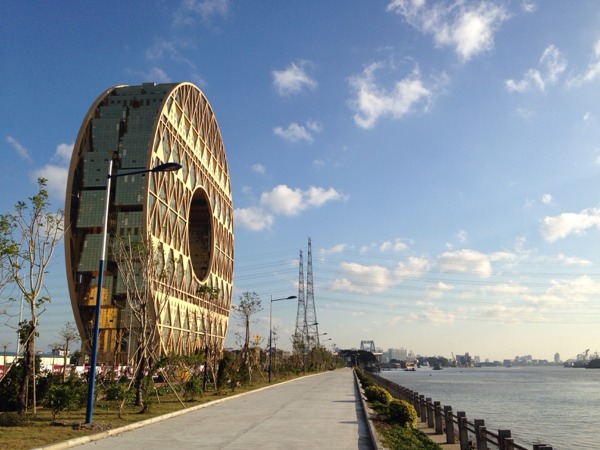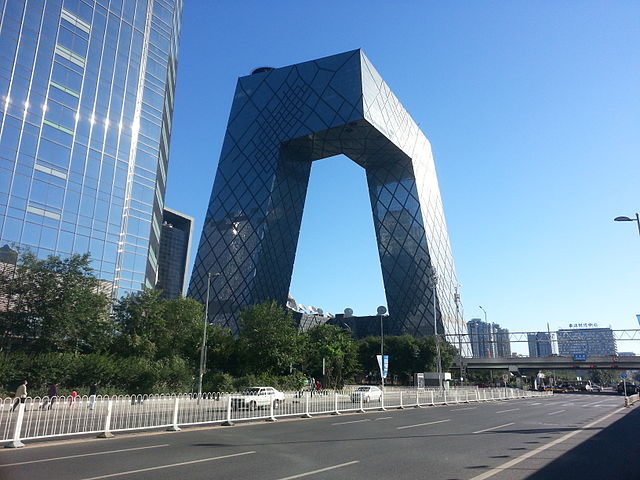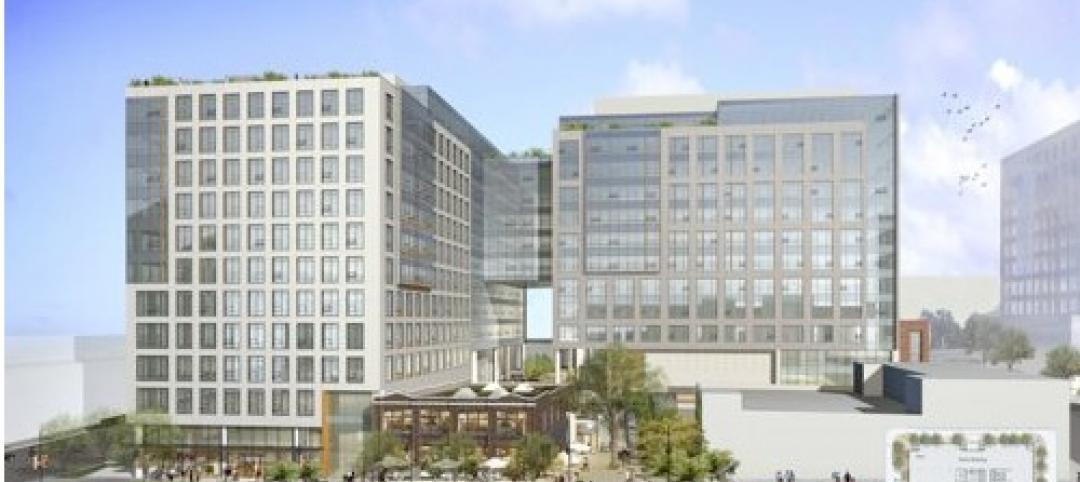During a literary symposium in Beijing last week, Chinese President Xi Jinping read a two-hour speech addressing Chinese architects and artists who have contributed to China’s sizable stock of avant-garde structures.
Architects, along with authors, actors, script writers, and dancers, were urged by the president to not pursue commercial success at the expense of producing work with artistic and moral value, national news agency Xinhua reports. For architects specifically, the president encouraged them not to “engage in weird building.”
In his speech, Jinping said that art should “be like sunshine from the blue sky and the breeze in spring that will inspire minds, warm hearts, cultivate taste, and clean up undesirable work styles.”
He also reminisced how art and literature during his childhood—a period when China was going through the so-called Cultural Revolution—was more respectful to history.
Many news agencies, both Chinese and International, interpreted the president’s speech as a call to more patriotic, socialist, and nationalistic art closer to traditional Chinese aesthetics.
Hong Kong-based news agency Wen Wei Po says it means China won’t have any more da kuzi (“big pants”) in the future, the nickname Chinese Web denizens used for Rem Koolhas’ CCTV building in Beijing.

The Guangzhou Circle. Wikimedia Commons/Amprogetti

The CCTV Building in Beijing has been nicknamed "Big Pants." Wikimedia Commons/Verdgris
Related Stories
| Apr 5, 2011
Top 10 Buildings: Women in Architecture
Making selections of top buildings this week led to a surprising discovery about the representation of women in architecture, writes Tom Mallory, COO and co-founder, OpenBuildings.com. He discovered that finding female-created architecture, when excluding husband/wife teams, is extremely difficult and often the only work he came across was akin to interior design.
| Apr 5, 2011
What do Chengdu, Lagos, and Chicago have in common?
They’re all “world middleweight cities” that are likely to become regional megacities (10 million people) by 2025—along with Dongguan, Guangzhou, Hangzhou, Shenzhen, Tianjin, and Wuhan (China); Kinshasa (Democratic Republic of the Congo); Jakarta (Indonesia); Lahore (Pakistan); and Chennai (India), according to a new report from McKinsey Global Institute: “Urban World: Mapping the economic power of cities”.
| Mar 30, 2011
China's low-carbon future city
In 2005, the Chinese government announced its target to reduce energy consumption per GDP unit by 20% by the year 2010. After a multi-billion investment, that target has been reached. The Chinese Climate Protection Program’s goal to increase energy efficiency, develop renewable energies, and promote energy savings while reducing pollutant emissions and strengthening environmental protection is reflected in the “Future City” by SBA Design.
| Mar 30, 2011
Is the AEC industry at risk of losing its next generation leaders without better mentoring?
After two or three horrifying years for the AEC industry, we are finally seeing the makings of a turnaround. However, data developed by Kermit Baker as part of the AIA Work-on-the-Boards survey program indicates that between 17% and 22% of design firms are eliminating positions for interns and staff with less than six years of experience. This data suggests the industry is at risk of losing a large segment of its next generation of leaders if something isn't done to improve mentoring across the profession.
| Mar 29, 2011
City's design, transit system can ease gas costs
Some cities in the U.S. are better positioned to deal with rising gas prices than others because of their design and transit systems, according to CEOs for Cities, a Chicago-based nonprofit that works to build stronger cities. The key factor: whether residents have to drive everywhere, or have other options.
| Mar 29, 2011
Chicago’s Willis Tower to become a vertical solar farm
Chicago’s iconic Willis Tower (formerly the Sears Tower) is set to become a massive solar electric plant with the installation of a pilot solar electric glass project.
| Mar 29, 2011
Read up on Amazon.com's new green HQ
Phase IV of Amazon’s new headquarters in Seattle is nearly complete. The company has built 10 of the 11 buildings planned for its new campus in the South Lake Union neighborhood, and is on-track for a 2013 grand opening.











